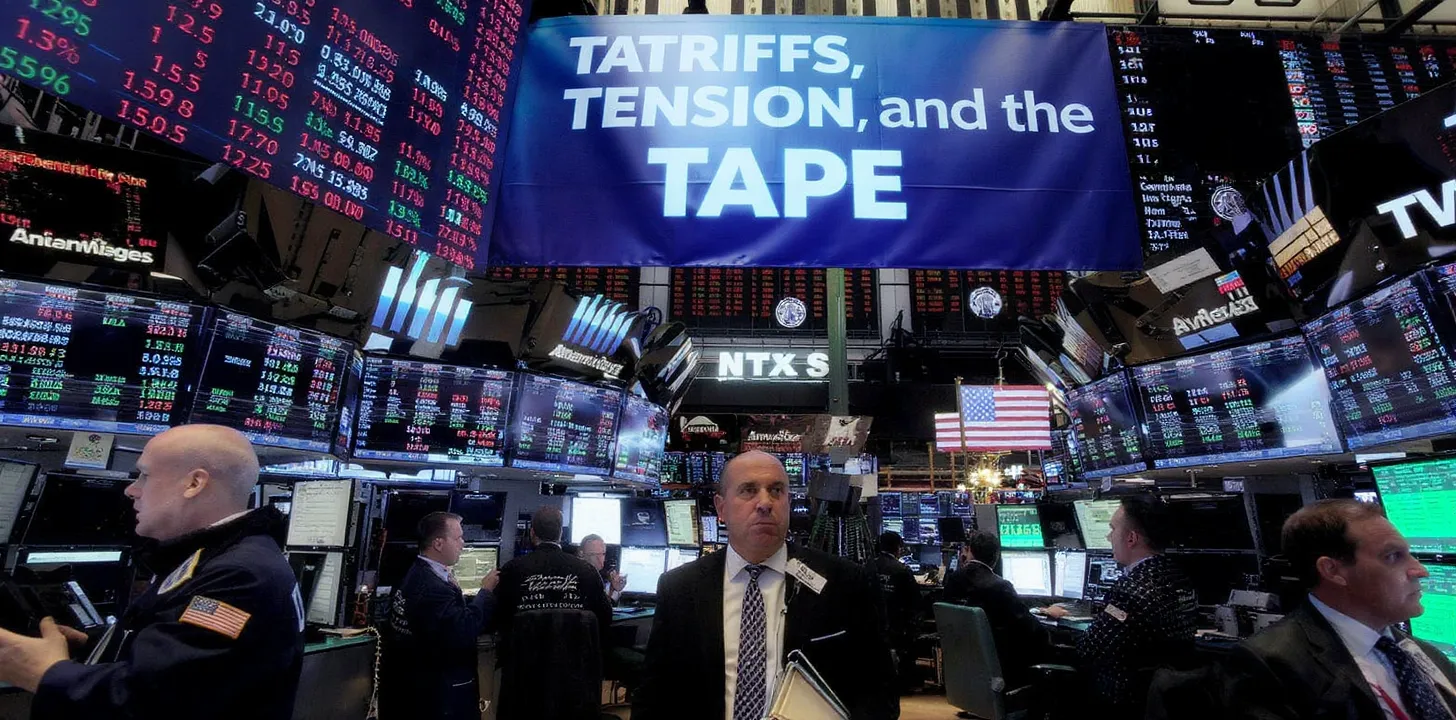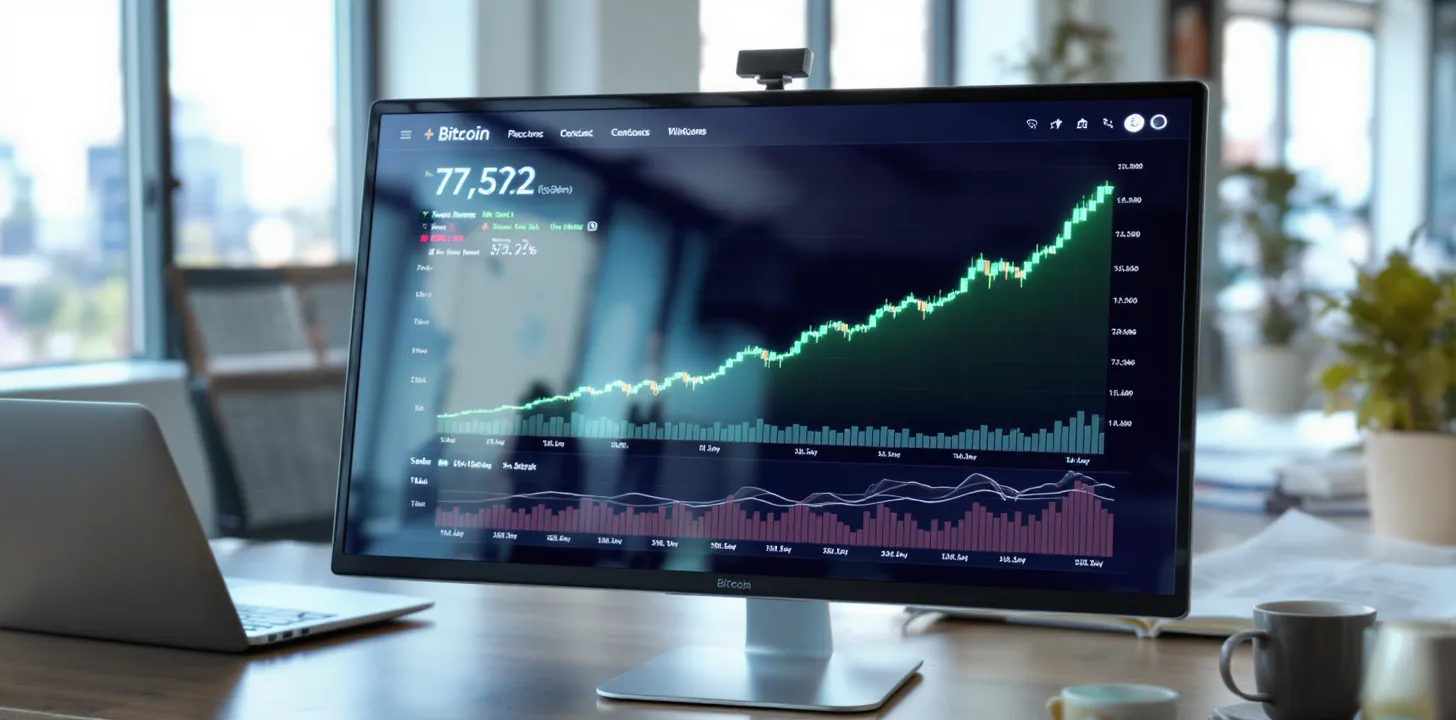Global Market Currents—From Record Highs to Emerging Risks
Introduction: A Market of Contradictions
The global stock market today is a paradoxical creature. Indices are climbing to historic highs, investors appear energized, and corporate earnings have surprised on the upside. Yet, beneath this celebratory surface, the cracks are visible: inflationary stickiness, geopolitical uncertainty, and the structural fragility of valuation levels that seem stretched thin. To understand today’s financial landscape, one must zoom out beyond the price charts and ask: what invisible forces are shaping the next phase of global markets?
Historic Highs Across the Map
One of the more striking developments this month was Australia’s ASX 200 surging above the 9,000 mark for the first time in its history. This milestone was powered by strong corporate earnings and growing expectations that the Reserve Bank of Australia will begin easing monetary policy in 2026. To investors, this seems like a textbook case of monetary-fueled optimism, but analysts are already warning that the market could be overshooting. The challenge: earnings growth has been concentrated in commodity exporters and select financials, while smaller firms lag, leaving the rally vulnerable to corrections if external demand falters.
In the United Kingdom, the FTSE 100 also broke records at 9,283.20 points. Yet the celebration was muted by higher-than-expected inflation figures: 3.8% in July, fueled by food, energy, and travel. Investors immediately recalibrated expectations for Bank of England rate cuts, which now appear postponed. For pension funds and retail investors, the message is simple: record highs mask the reality that elevated living costs continue to constrain real purchasing power, potentially weighing on corporate profits later this year.
China’s Shanghai Composite offered another milestone: its highest level in a decade. The rally is supported by policy speculation—Beijing signaling readiness to ease credit conditions—and the possibility of stabilization in property markets. But the bull run coexists with fragile consumer demand and youth unemployment hovering at historic highs. What makes this rally intriguing is the gap between financial markets and the “real economy”: while stock traders celebrate, households remain cautious, highlighting a divergence that can only persist so long before correction forces intervene.
The Fragility of U.S. Tech
Across the Atlantic, the U.S. market tells a cautionary tale. The Nasdaq has cooled after an extraordinary AI-fueled rally earlier this year. Recent declines of over 1% suggest investors are reassessing valuations. Tech companies remain central to the narrative, but even industry voices like Sam Altman are warning of inflated expectations. The fact that warnings are coming from within the sector underscores a critical truth: the AI boom has priced in years of growth that may take decades to materialize.
This fragility is echoed across U.S. equities more broadly. Analysts describe the market as “bargain-starved”—a situation where valuations across sectors have expanded so far that opportunities for value investors are scarce. When every asset appears expensive, the market becomes hypersensitive to shocks, whether they come from geopolitics, earnings disappointments, or macroeconomic surprises.
Policy as a Catalyst: India’s $20 Billion Bet
Policy remains one of the strongest levers in shaping near-term markets. India recently launched a $20 billion stimulus package aimed at boosting domestic consumption. The reforms included lowering GST rates on essential goods and simplifying the tax structure into two tiers instead of four. The market reaction was immediate: equities surged, foreign inflows increased, and optimism about consumption-driven growth lifted sentiment.
Yet the bond market told a different story. Yields rose sharply on concerns about fiscal sustainability. The question is whether India can balance growth-stimulating reforms with fiscal discipline. For global investors, this divergence highlights a broader truth: in emerging markets, equity and bond signals often move in opposite directions, forcing portfolio managers to tread carefully.
The Seasonality Trap
Seasonality is often dismissed as superstition, but statistics suggest otherwise. August is historically one of the weakest months for equities, with the S&P 500 delivering an average return of −0.6% and volatility indices spiking. Already, we see choppier trading patterns and thin liquidity exacerbating moves. In an environment where valuations are stretched, seasonality can act as the spark that turns small corrections into larger cascades.
Goldman’s Red Flag
Goldman Sachs recently updated its “equity asymmetry framework,” warning of a 10%+ probability of a drawdown within three months and a 20%+ chance within a year. While those numbers might not sound dramatic, they represent a structural increase in downside probabilities compared to the pre-pandemic decade. Drivers include sticky inflation, slowing job growth, and geopolitical instability—from trade tariffs to Middle East flare-ups. The broader point: while the rally is intoxicating, risk asymmetry is tilted against investors who assume the good times will roll uninterrupted.
Conclusion: Dancing on Thin Ice
The global market today is like a dancer on a frozen lake. The movements are elegant, gravity-defying even—but the ice is thin. Record highs in Australia, the UK, and China testify to investor enthusiasm. Yet inflation, fragile demand, and geopolitical shocks remind us that momentum is no guarantee of safety.
Investors must weigh optimism against caution, riding the rally but hedging for turbulence. The lesson from history is clear: when valuations stretch, even small catalysts can unleash large consequences. Today’s market offers opportunities, but only for those willing to respect the balance between growth and fragility.



